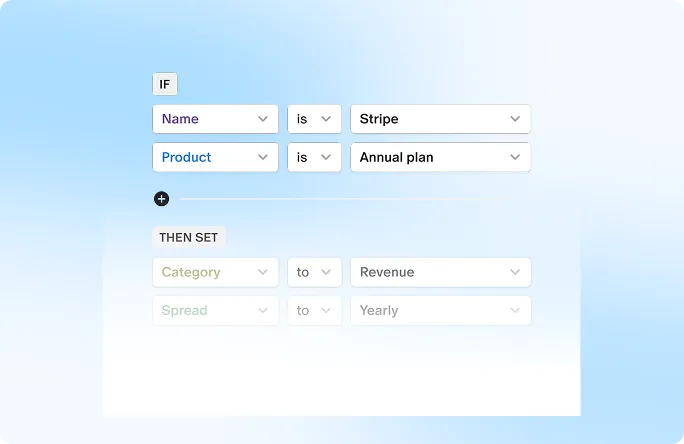In a recent conversation, we had the opportunity to gain valuable insights from Amit Majumder, CFA, Head of SEA & ANZ at Qapita and, a seasoned professional in the equity compensation space. With over a decade of experience across various organizations and jurisdictions, Amit's expertise provides valuable perspectives on the accounting and reporting aspects of ESOPs (Employee Share Ownership Plans) and share-based payment transactions.
In the realm of option valuation, three widely employed models are the Black-Scholes-Merton model, the binomial (lattice) model, and the Monte Carlo simulation. These models necessitate a range of inputs to determine the fair value of options, encompassing factors such as the company's share price (fair market value) and the exercise price at which the options can be exercised. Recognizing the interplay between the share price and exercise price holds paramount significance in option valuation, as it significantly impacts the expense recognition for accounting purposes.
Explanation of Three Models:
1. Black-Scholes Model:
The Black-Scholes aka Black-Scholes-Merton or BSM model is a mathematical formula used to calculate the fair value of European-style options. It assumes that the underlying stock price follows a long-normal distribution over time. The model takes into account factors such as the current share price, the exercise price, the time to expiration, the risk-free rate, the volatility of the stock and dividend yield. By considering these inputs, the Black-Scholes model provides an estimate of the fair value of options.
2. Binomial (Lattice) Model:
The binomial model, also known as the lattice model, is a discrete-time model that divides the time to expiration into a series of intervals. It assumes that the stock price can only move up or down in each interval, based on specified probabilities. By iterating through these intervals, the model calculates the option's value at each node of the lattice. The final option value is determined by backward induction, starting from the expiration date. The binomial model accommodates features such as early exercise and can handle American-style options.
3. Monte Carlo Simulation:
Monte Carlo simulation is a statistical method that involves generating a large number of random scenarios to estimate the fair value of options. This model simulates tens of thousands of possible future paths of the underlying stock price based on its expected return, volatility, and other relevant factors. By calculating the payoffs of the options for each simulated path and taking the average, the model provides an estimate of the option's fair value. Monte Carlo simulation is particularly useful for complex option awards that contain market-based performance conditions, such as Relative TSR, valuation, or share price CAGR.
Also Read: Decoding ESOP Valuation & Accounting
Conclusion:
The Black-Scholes model, binomial model, and Monte Carlo simulation are three commonly used models in option valuation. Each model incorporates various inputs, including the relationship between the share price and exercise price, to estimate the fair value of options. These models, along with other factors such as risk-free rate, volatility, term of the award, and dividend yield, play a crucial role in determining the expense recognition for accounting purposes. Understanding these models and when to use one or the other and their inputs is important for accurately valuing options and complying with accounting standards.
FAQs
1. What are the models of option valuation?
Common option valuation models include Black-Scholes, Binomial, and Monte Carlo simulation. For more complex scenarios, GARCH (Generalized Autoregressive Conditional Heteroskedasticity) models are used. These models incorporate time-varying volatility, which is crucial for accurate pricing in dynamic market conditions.
2. What are the methods to value options?
Option valuation methods include analytical solutions like Black-Scholes, numerical approaches such as binomial and trinomial trees, and simulation techniques like Monte Carlo. GARCH models offer a sophisticated approach by accounting for volatility clustering and leverage effects in asset returns, providing more accurate pricing for complex options.
3. What is the purpose of an options valuation model​?
Options valuation models aim to determine the fair price of an option contract. They help investors and traders assess risk, make informed decisions, and develop trading strategies. These models consider factors like underlying asset price, strike price, time to expiration, volatility, and interest rates to estimate an option's theoretical value.
4. Which garch model for option valuation?
The Heston-Nandi GARCH (HN-GARCH) model is widely used for option valuation. It offers closed-form option pricing formulas while capturing key market characteristics like leverage effects, news impacts, and time-varying conditional variances. This model provides computational efficiency and accuracy in pricing various option types.


 Equity management
Equity management

 Fund management
Fund management

 Fund management
Fund management

 Fund management
Fund management












































